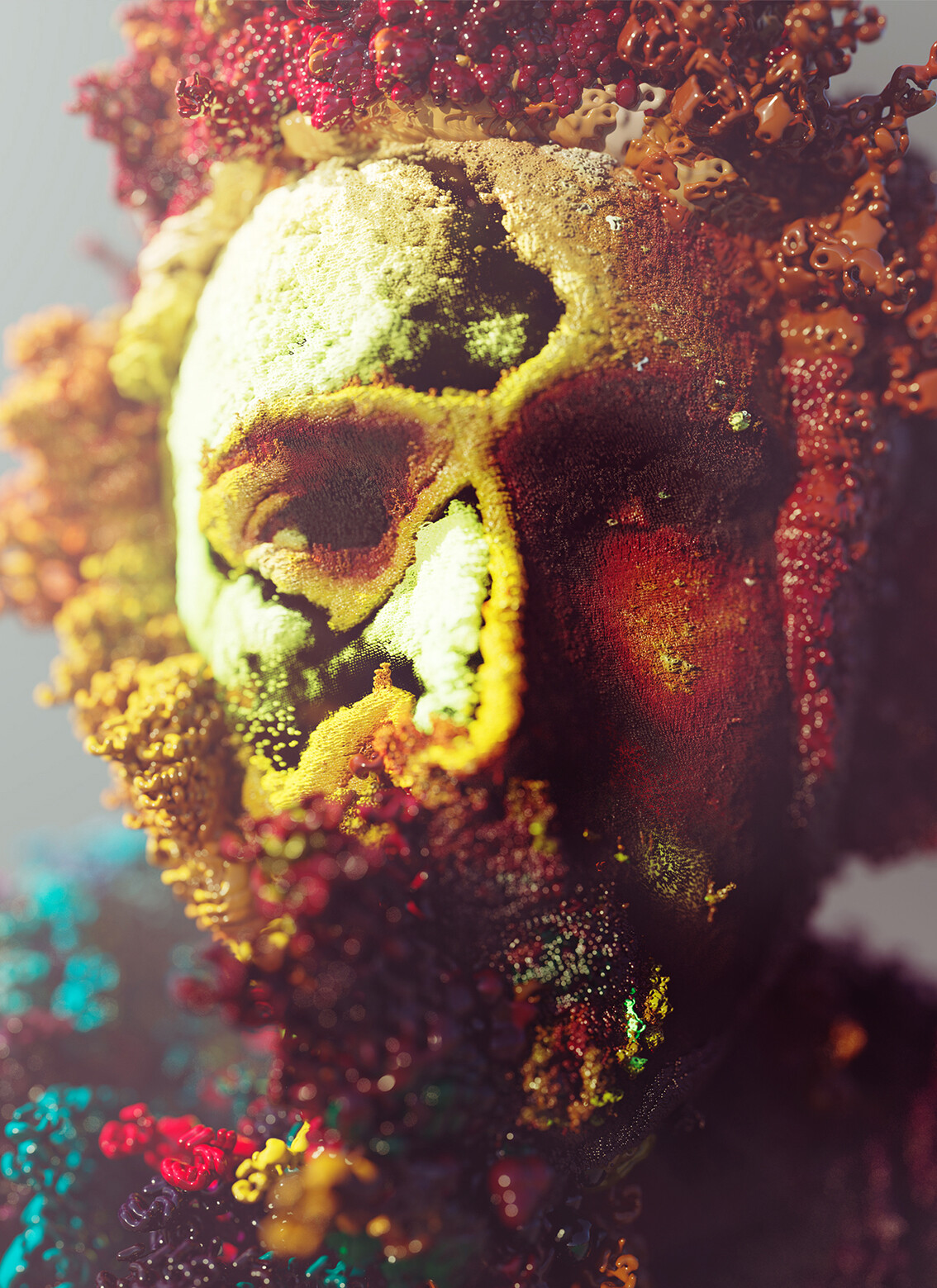Artistic explorations in neighbouring environments
June 28–October 31, 2023
Untere Weißgerberstraße 13
1030 Wien
Austria
Hours: Monday–Sunday 10am–6pm
T +43 1 7120491
info@kunsthauswien.com
Hundertwasser Museum closes for modernisation—and steps out into the public space around the Museum with its CLOSE/D outdoor exhibition and a community programme, from June 28 to October 31.
For a few months, Kunst Haus Wien, world-renowned as the Hundertwasser Museum, is to close its premises to visitors for a state-of-the-art upgrade of the building and Hundertwasser permanent exhibition, in terms of both air-conditioning technology and its visitor experience.
Despite the closure, the Museum is to remain present—and close by. The CLOSE/D outdoor exhibition and community programme is set to open on June 27 with a summer street party around the corner from the museum, in front of TRÖSCH III, the new community centre. Indeed, while the premises are being made fit for purpose climate-wise, the Museum is literally stepping out into the public space and incorporating the local area referred to in Vienna as the Hundertwasser Grätzl.
Gerlinde Riedl, Director, Kunst Haus Wien: “The poetic, participatory and humorous artistic programme CLOSE/D invites visitors to enjoy a stroll, both physically and conceptually. With this experiment on the topic of ecology, Kunst Haus Wien teams up with artists, visitors and local residents to explore its immediate surroundings and its social environment.”
The project is being curated by Sophie Haslinger (Kunst Haus Wien) and guest curator Barbara Horvath.
“With CLOSE/D, we want to leave our old ways of thinking behind and shake off any inability to take action in favour of a sustainable future that is well worth living. That also includes stepping out beyond our own Museum premises into the immediate neighbourhood and forging new ties with the people who live and work there. The invited artists will engage in different ways in a dialogue with the planet and its atmosphere, with the flora and fauna, the Danube Canal, the urban infrastructure and architecture, and with neighbours, visitors and passers-by. In this way the public space becomes a place that shows not only what already exists, but what might also still come to be.”
The site-specific artistic interventions by Simon Brugner, Hugo Canoilas, Thomas Feuerstein, Anita Fuchs, Christina Gruber, Barbara Kapusta, Claudia Märzendorfer, Ralo Mayer, Flavia Mazzanti, Anna Paul, Marie Vermont and Stephanie Winter & Salon Hybrid, and the literary contribution by Barbi Marković are designed to stimulate a lively debate on ecological issues, on visions for an inclusive coexistence in the world of today and tomorrow, and on the potential of artistic narratives. The narrative cosmos created as a result reflects the two central global ecological crises of our time, namely global warming and species extinction. It is about the transformation in our ecosystems, alternative sources of food and energy, new forms and rituals of living together, and speculative future scenarios.
The exhibition is accompanied by a multifaceted programme in and around the TRÖSCH III Community Centre. These formerly vacant retail premises are to be repurposed as a forum of encounter with a consumption-free zone, reading corner, weekly regulars’ table and a workshop space and serve as a meeting point and a place of encounter and exchange. The free programme offers workshops by the participating artists as well as yoga, botanical walks, an introduction to community gardens, and events by neighbouring initiatives.
The comprehensive Community Centre programme has been drawn up by Jasmin Ofner and Stephan Kuss, programme coordinators at Kunst Haus Wien.



